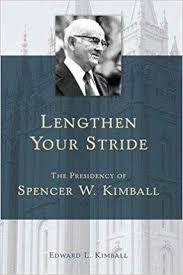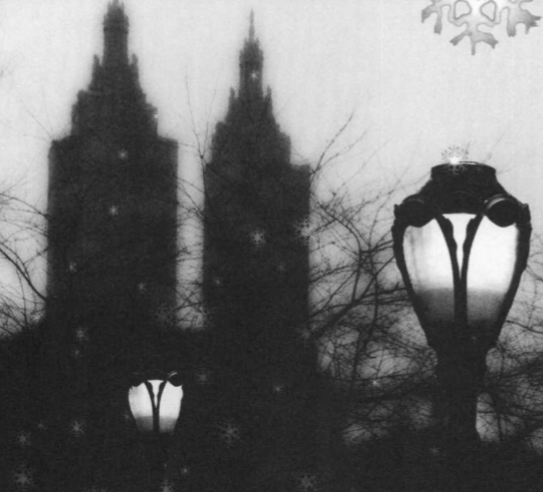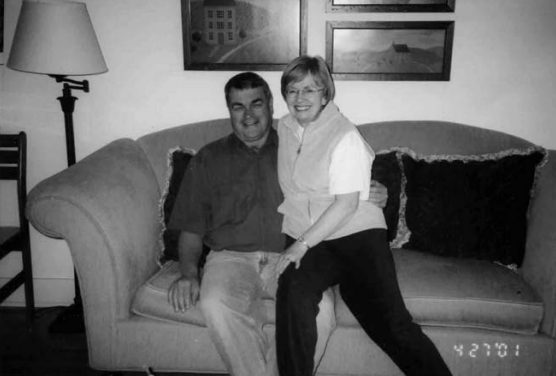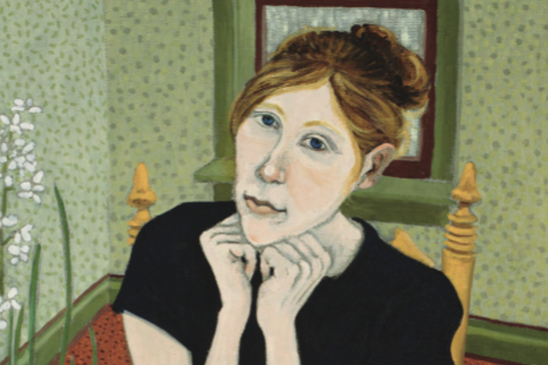In February 1895, the editors of a small journal known as The Index (an obscure periodical produced by the Mutual Improvement Association of Salt Lake City’s Twentieth Ward) submitted the following inquiry to ten prominent Church leaders: “What, in your opinion, constitutes the grandest principle, or most attractive feature of the Gospel?” The Church leaders’ answering letters were published in The Index and shortly thereafter as a symposium in the pages of The Contributor, one of the many Church magazines in publication at that time. One respondent said that eternal marriage was the grandest principle. Two more replied that love was the most crucial component of the gospel. Another answered, in essence, that all the principles of the gospel were so grand that he could not choose just one. Interestingly, there was a consensus among the remaining six Church leaders (among whom were such well-known leaders as Joseph F. Smith, B. H. Roberts, George Reynolds, and Orson F. Whitney) that the grandest and most attractive feature of the gospel was the doctrine of eternal progression.











